The Cardinal Sin of Punctuation: The Comma Splice
August 23, 2024

One of my favorite books about grammar is Eats, Shoots & Leaves. In one chapter, the author (Lynne Truss) enumerates the many different roles of a comma and, after all that, reveals “the big final rule for the comma”: She says, “Don’t use commas like a stupid person.” Easy enough.
But then I dive into all the intricacies and rules about commas, exploring the many ways you can use them incorrectly, turning page after page in my grammar bible (the Chicago Manual of Style). I begin to feel very much like a stupid person who should not be trusted with any commas at all.

In spite of so many different rules and seemingly endless exceptions to those rules, commas are actually a fairly forgiving punctuation mark. If you break a rule, you can often write it off as a stylistic choice (provided, of course, that you broke the rule on purpose).
But there is one rule that is almost NEVER acceptable to break. It is the cardinal sin of comma usage, maybe even the cardinal sin of all punctuation. If you only know one thing about commas, you should know this: Do NOT commit the tragic error of a comma splice.
Put simply, a comma splice is when a comma is used to join two independent clauses by itself. It looks like this (behold the horror):
Mrs. Bennet heard that Netherfield Park was let to a single man of large fortune, she wanted one of her daughters to marry him.
Both of those clauses—”Mrs. Bennet heard that Netherfield Park was let to a single man of large fortune” and “she wanted one of her daughters to marry him”—could stand on their own as complete sentences. Slap a period on either one and you’ve got a grammatically correct sentence, complete with a subject and a verb.
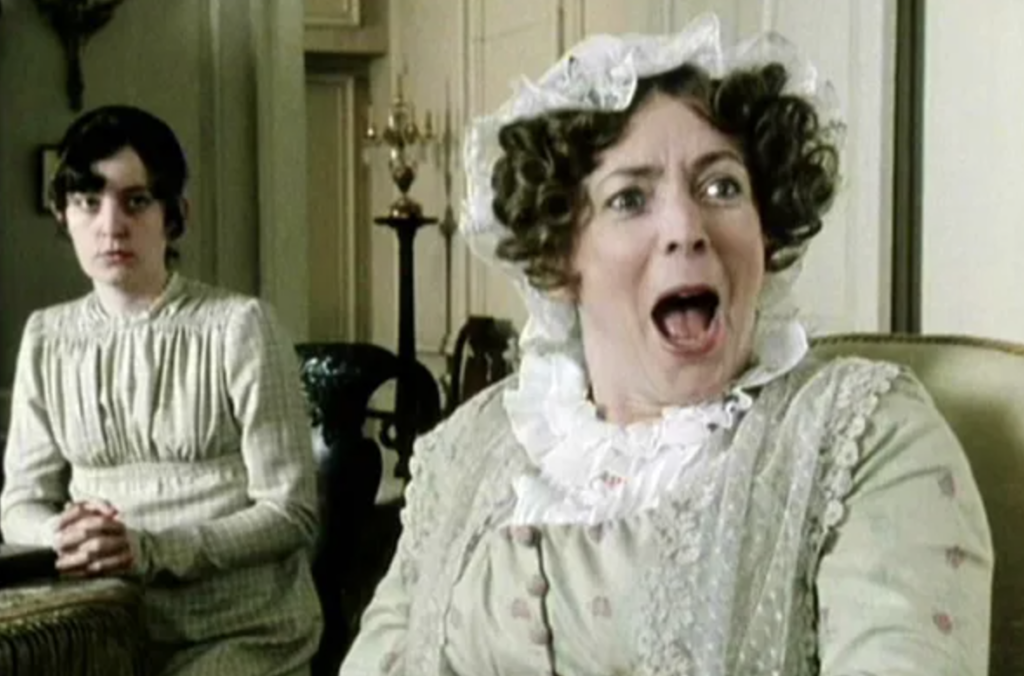
I think of independent clauses as being powerful and heavy. Handling two of them at once without any help from coordinating conjunctions or stronger punctuation marks is just too much for our little friend the comma. It’s trying to support two equally proud and defiant clauses, and it will fail without help.
How to Fix It
First things first: Make sure you really are dealing with a comma splice. Look for two (or more) independent clauses that have just a comma between them and nothing else. If you’re not sure whether you’re dealing with independent clauses, separate them and see if they each make sense individually.
Mr. Bingley danced every dance and met several people at the ball, Mr. Darcy danced only twice and kept mostly to himself.
Separated, each of these clauses can stand on its own:
Mr. Bingley danced every dance and met several people at the ball. Mr. Darcy danced only twice and kept mostly to himself.
So we know that the example in red is a comma splice.
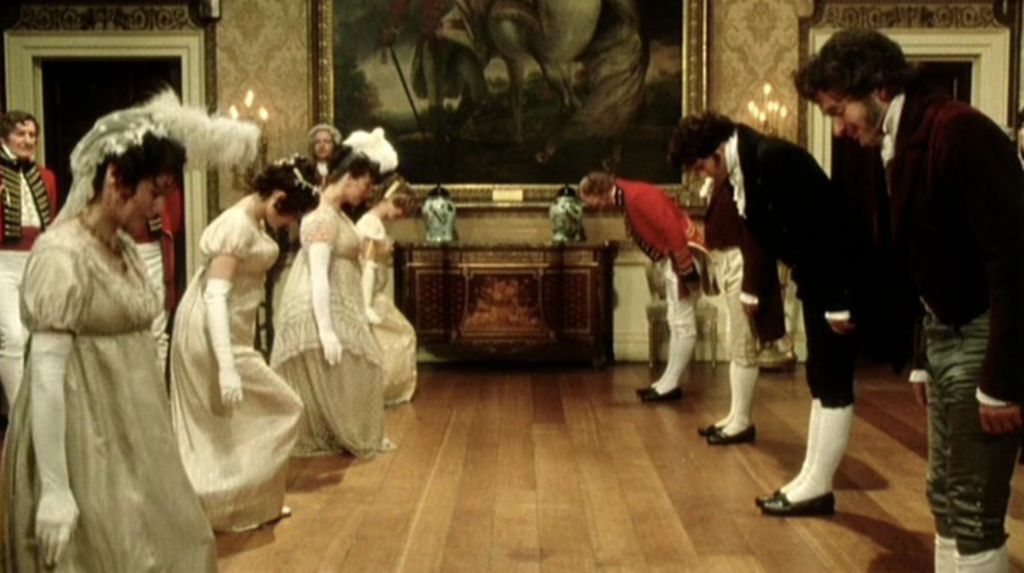
Make sure you don’t have a compound predicate, which is where you have two verbs but only one subject:
Mr. Bingley danced every dance and met several people at the ball.
This cannot be separated into two different independent clauses because there is only one subject: Mr. Bingley.
Mr. Bingley danced every dance. And met several people at the ball.
The second clause does not have a subject because we left it behind in the first clause. So “Mr. Bingley danced every dance and met several people at the ball” is a clause with a compound predicate and not multiple independent clauses.
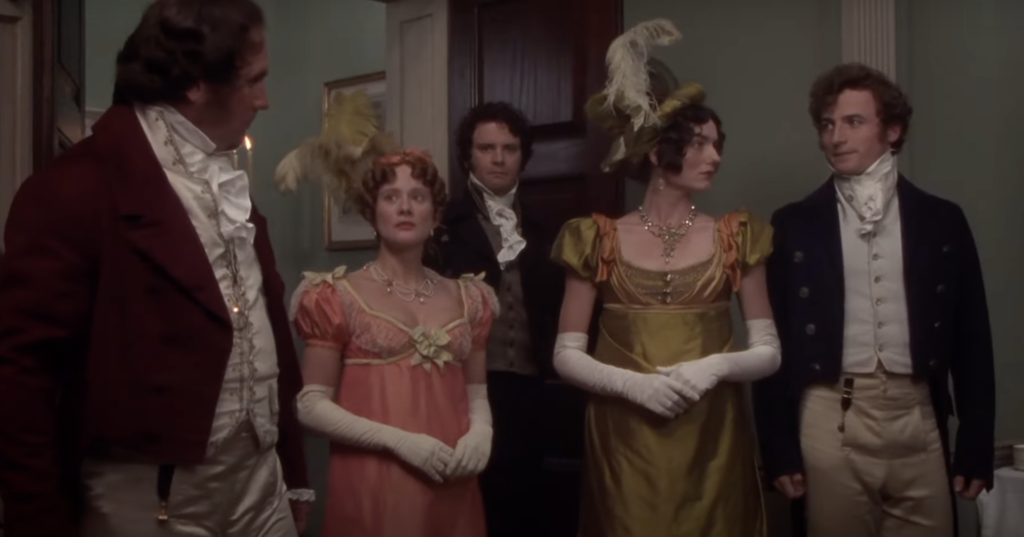
Once you’ve got your comma splice and confirmed that it really is a comma splice, it’s time to fix the problem!
According to The Copyeditor’s Handbook, there are several different ways to correct a comma splice and join two independent clauses (Note that “IND” in the following list stands for “independent clause”):
- Add a coordinating conjunction: IND, [coordinating conjunction] IND.
- Add a semicolon and conjunctive adverb or transitional expression: IND; [conjunctive adverb OR transitional expression], IND.
- Change the comma to a semicolon, colon, em dash, or period:
- IND; IND.
- IND: IND.
- IND—IND.
- IND. IND.
- Change one of the independent clauses to a dependent clause.
Let’s explore each option further.
Add a Coordinating Conjunction
There are seven coordinating conjunctions, and any one of them lends the comma the strength it needs to support both clauses. The coordinating conjunctions are FANBOYS: for, and, nor, but, or, yet, and so.
Mr. Collins proposed to Elizabeth, Elizabeth could not stand the thought of marrying him.
Each of those is an independent clause: Someone get that comma some help! Let’s toss in the coordinating conjunction “but.”
Mr. Collins proposed to Elizabeth, but Elizabeth could not stand the thought of marrying him.
All better. Whew! That was a close one.

Here’s another:
It looked like it would rain soon, Mrs. Bennet still sent Jane to Netherfield on horseback instead of in a carriage.
Another FANBOYS conjunction is needed to rescue that comma!
It looked like it would rain soon, yet Mrs. Bennet still sent Jane to Netherfield on horseback instead of in a carriage.

Sometimes you don’t even need a comma with the coordinating conjunction if both clauses are short and there is no chance of misunderstanding.
Jane was demure but Lydia was high-spirited.
Add a Semicolon Plus a Conjunctive Adverb or Transitional Expression
You can save a comma-spliced sentence by adding a semicolon paired with a conjunctive adverb or transitional expression. Some common conjunctive adverbs include “however,” “furthermore,” “nevertheless,” and “therefore.” Some common transitional expressions include “for example,” “in addition,” and “namely.” The conjunctive adverb or transitional expression needs a comma after it.
Mr. Bingley was pleasant and kind, his sister was quite the opposite.
Let’s try a conjunctive adverb:
Mr. Bingley was pleasant and kind; however, his sister was quite the opposite.
Note that you CANNOT sub in another comma in the place of that semicolon. This is incorrect:
Mr. Bingley was pleasant and kind, however, his sister was quite the opposite.
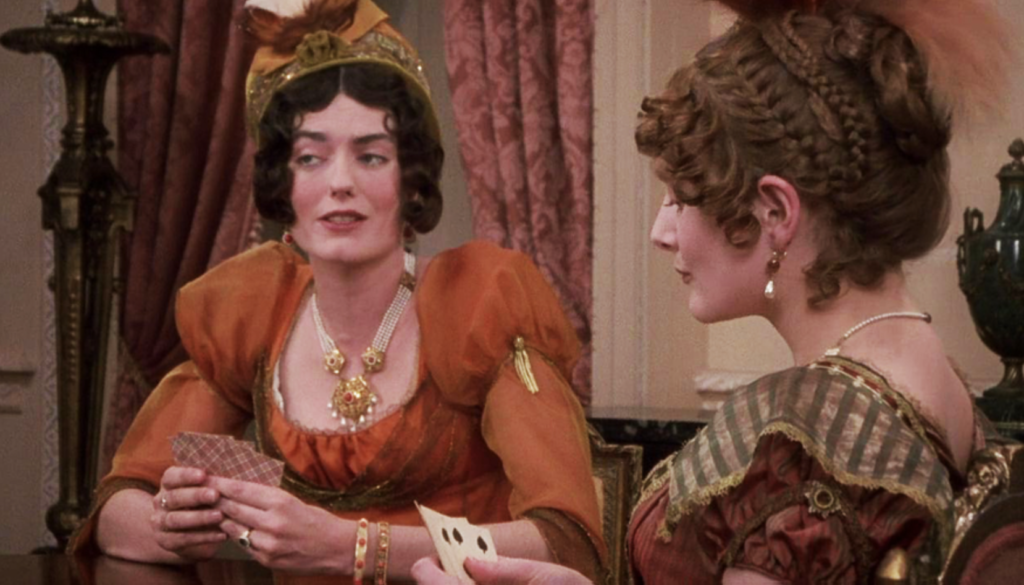
The same kind of solution can be accomplished with a transitional expression.
Mr. Darcy spoke highly of his sister and her accomplishments, he praised her ability to play the pianoforte.
Mr. Darcy spoke highly of his sister and her accomplishments; for example, he praised her ability to play the pianoforte.
Switch to a More Powerful Punctuation Mark
The comma is quite versatile and flexible, but it’s not especially strong. You can fix a comma splice by subbing in a more powerful punctuation mark, such as a semicolon, colon, dash, or period.
Mr. Collins obviously adored his patroness, Lady Catherine de Bourgh, he spoke of her frequently and praised her constantly.
Use a semicolon if the two clauses are closely related and on equal ground (meaning one doesn’t necessarily amplify or explain the other):
Mr. Collins obviously adored his patroness, Lady Catherine de Bourgh; Lady Catherine de Bourgh, by contrast, seemed dissatisfied with nearly everyone.
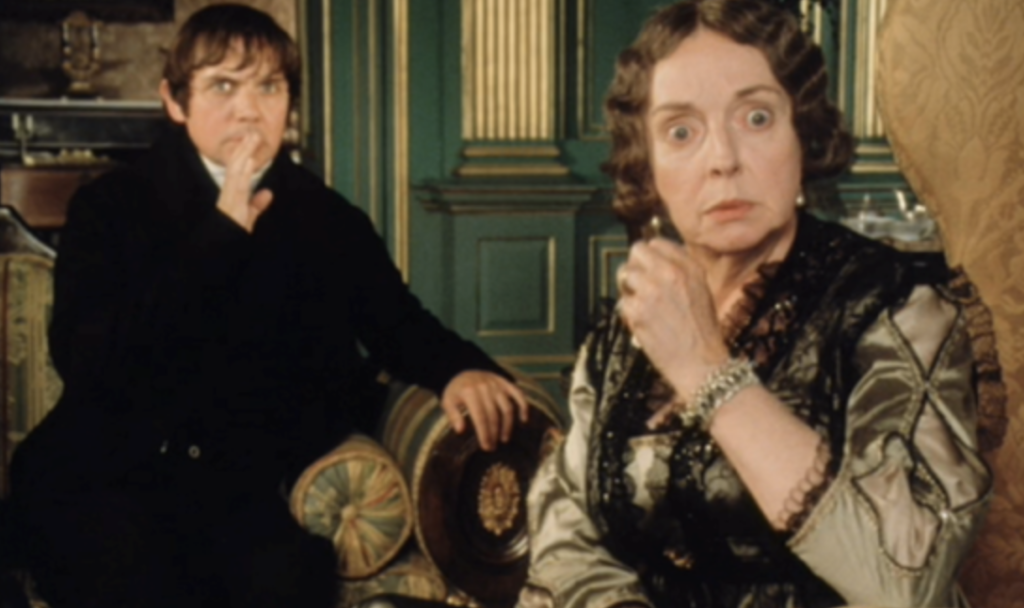
Use a colon if the second clause amplifies or explains the first one:
Mr. Collins obviously adored his patroness, Lady Catherine de Bourgh: he spoke of her frequently and praised her constantly.
For more explanation on the difference between a colon and semicolon, check out my post here!
Use an em dash to show an abrupt change of thought or “u-turn” in the story:
Mr. Collins constantly praised his patroness, Lady Catherine de Bourgh—she turned out to be much less gracious than his compliments let on.
WARNING: Use the em dash sparingly in your writing. It is best saved for special effect and will lose its power if it appears too frequently.
Learn more about how to use an em dash (and the other two kinds of dashes) here!
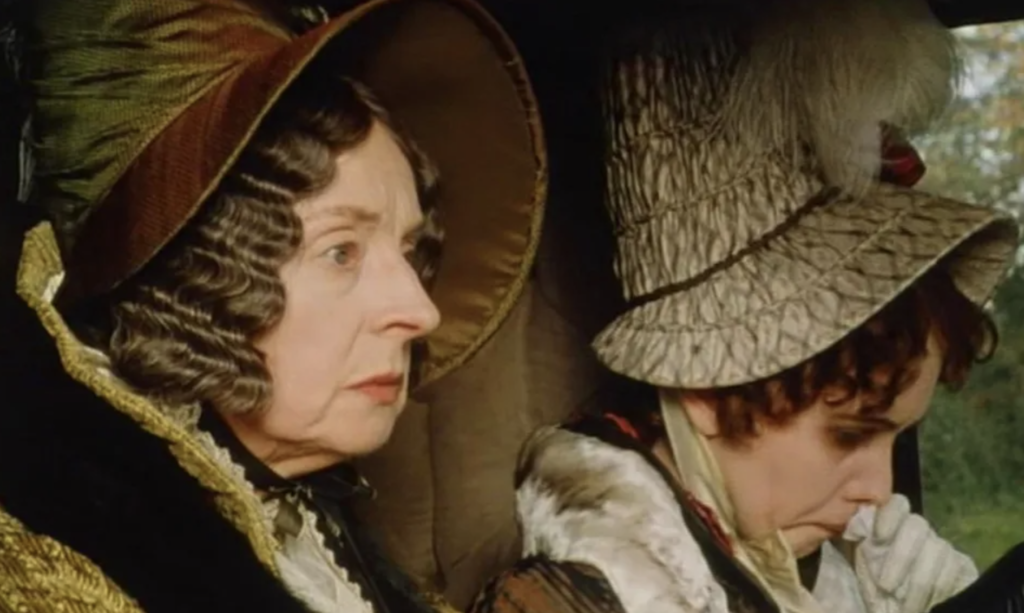
Use a period if the two clauses are not closely related or if their relationship does not need to be highlighted:
Mr. Collins obviously adored his patroness, Lady Catherine de Bourgh. He and his wife lived close to her and visited her home frequently.
Any of these four punctuation marks—a semicolon, colon, dash, or period—is strong enough to handle the two independent clauses, even without additional conjunctions.
Weaken One of the Clauses
We could strengthen the punctuation, but another option is to weaken one of the clauses to give the comma some help. You do this by turning one of the independent clauses into a dependent clause.
Mr. Darcy proposed to Elizabeth, his proposal was unromantic and quite rude.
Let’s add “although” to the first clause, turning it into a dependent clause:
Although Mr. Darcy proposed to Elizabeth, his proposal was unromantic and quite rude.
Now we don’t have two independent clauses anymore. The first one—”Although Mr. Darcy proposed to Elizabeth”—can no longer stand on its own as a sentence. Our comma is saved!
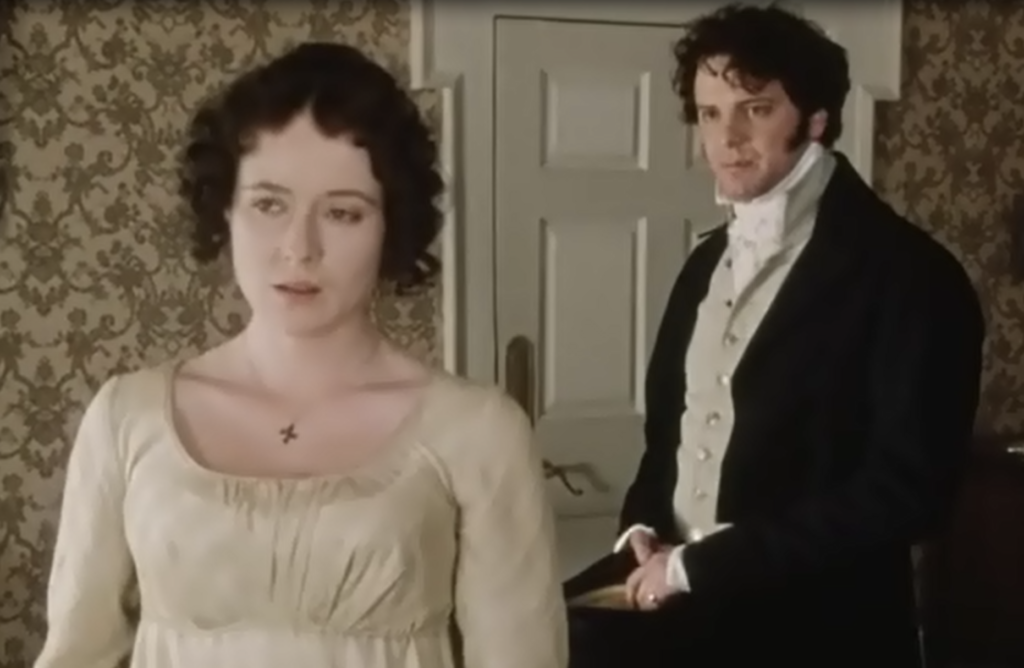
Here’s another example:
Mrs. Bennet gossiped loudly with her neighbors, Mary played the pianoforte and sang quite poorly.
This time, let’s weaken the second clause:
Mrs. Bennet gossiped loudly with her neighbors, while Mary played the pianoforte and sang quite poorly.
“While Mary played the pianoforte and sang quite poorly” cannot stand on its own as a sentence, so we’ve fixed the comma splice.
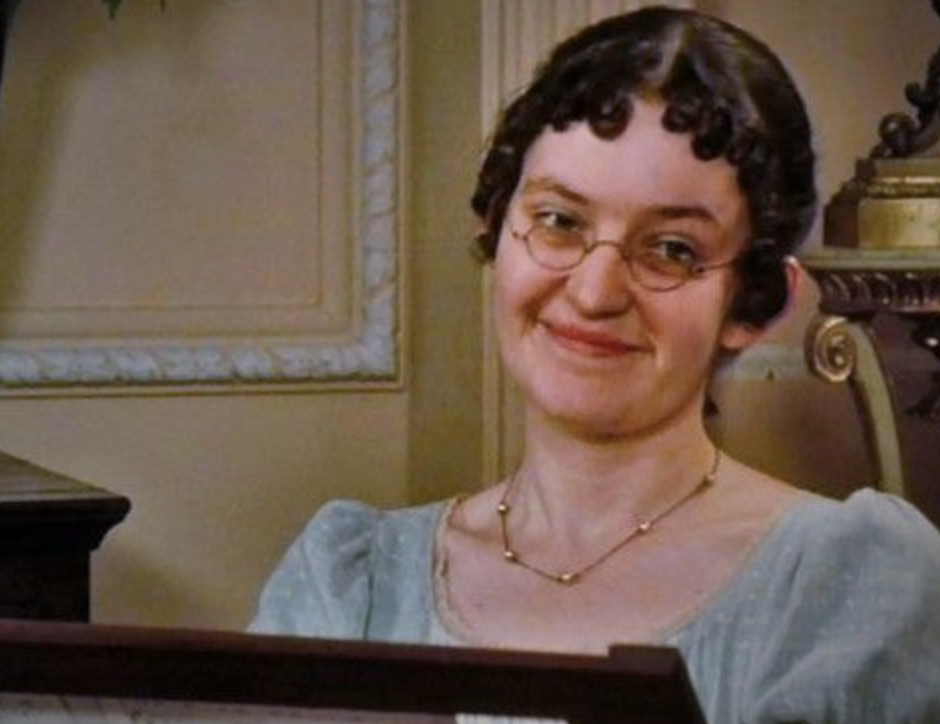
Are There Any Exceptions?
There is one exception to the rule that you should never use a comma splice, but it’s VERY rare.
You might use a comma to separate independent clauses when there is a trio of short clauses that all have the same subject. A famous example is “He came, he saw, he conquered.”
This can work for instructions or commands as well: “Read the book, write a report, and submit it to the teacher by Thursday.” In the case of commands, the implied subject is “you,” and it’s the same for all three independent clauses.
In Eats, Shoots & Leaves, Truss identifies one more exception: fame. She says, “So many highly respected writers adopt the splice comma that a rather unfair rule emerges on this one: only do it if you’re famous.” She continues, “Done knowingly by an established writer, the comma splice is effective, poetic, dashing. Done equally knowingly by people who are not published writers, it can look weak or presumptuous. Done ignorantly by ignorant people, it is awful.”
So until you’re a famous author, it’s wise to avoid comma splices entirely. And now you have all the tools to make sure you know how to do that!
Got more questions about commas? Let me know in the comments or DM me on Instagram @strictly__speaking (with two underscores), and I’ll make sure to include them in future blog posts!
Sources:
- Einsohn, Amy. The Copyeditor’s Handbook. 3rd ed. Berkeley and Los Angeles, California: Univ of California Pr, 2011.
- The Chicago Manual of Style. 17th ed. Chicago, IL: The University of Chicago Press, 2017.
- Truss, Lynne. Eats, Shoots & Leaves: The Zero Tolerance Approach to Punctuation. New York, NY: Gotham Books, 2003.
